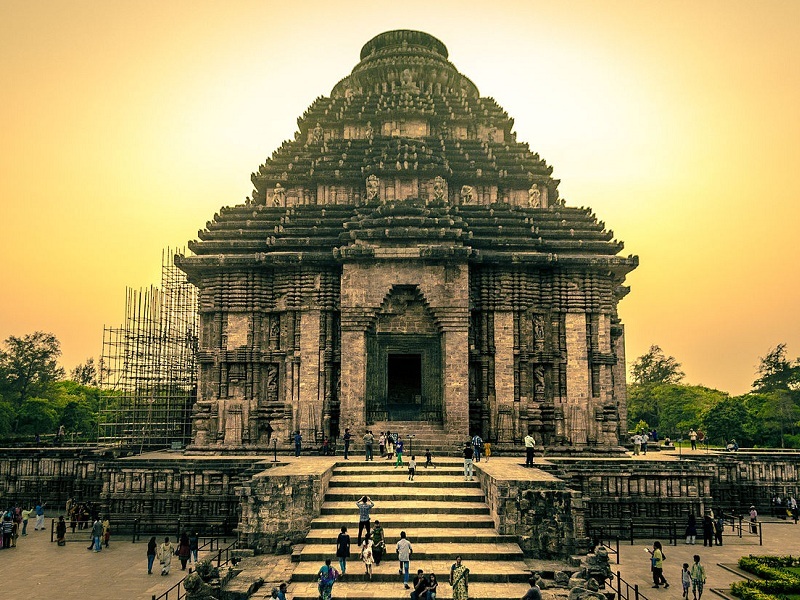India, with its rich history and diverse cultural heritage, is home to numerous monuments that have intrigued historians, archaeologists, and visitors alike for centuries. Among these are several enigmatic structures shrouded in mystery, their origins and purposes veiled in the mists of time. Let’s embark on a journey to uncover the secrets of five of India’s most mysterious monuments.
1. The Konark Sun Temple

Nestled in the eastern state of Odisha, the Konark Sun Temple is a marvel of ancient architecture and engineering. Built in the 13th century by King Narasimhadeva I of the Eastern Ganga dynasty, this temple is dedicated to the Hindu sun god, Surya. However, what makes Konark truly mysterious are the intricate carvings adorning its walls, depicting scenes of daily life, mythology, and erotica. The temple’s design is said to resemble a colossal chariot, but the purpose behind its erotic sculptures remains a subject of speculation and debate.
2. Hampi’s Forgotten Ruins
In the heart of Karnataka lies the UNESCO World Heritage site of Hampi, once the glorious capital of the Vijayanagara Empire. Scattered across its landscape are the ruins of majestic temples, palaces, and marketplaces, each whispering tales of a bygone era. Yet, amidst these remnants of a once-thriving civilization, there are anomalies that defy explanation. Strange carvings depicting foreign figures, enigmatic inscriptions in forgotten scripts, and structures whose purpose remains a mystery continue to baffle historians and archaeologists.
3. The Iron Pillar of Delhi
Standing tall in the Qutub Complex of Delhi is the Iron Pillar, a testament to ancient metallurgical prowess. Believed to have been erected in the 4th century CE by Chandragupta II, this rust-resistant pillar has endured centuries of exposure to the elements without corroding. The inscriptions on the pillar speak of its dedication to the Hindu god Vishnu, but the exact methods used to forge such a technologically advanced structure remain a mystery. Some theories suggest the presence of an unknown alloy or ancient techniques lost to time.
4. The Great Living Chola Temples
Deep in the southern state of Tamil Nadu lie the Great Living Chola Temples, a trio of magnificent structures built by the Chola dynasty between the 10th and 12th centuries CE. These temples—Brihadeeswarar Temple in Thanjavur, Airavatesvara Temple in Darasuram, and Gangaikonda Cholapuram—are renowned for their architectural grandeur and intricate sculptures. However, what makes them mysterious is not just their beauty, but also the precision with which they were constructed. Despite centuries of wear and tear, these temples have withstood the test of time, leaving experts pondering over the techniques employed by ancient artisans.
5. The Megalithic Monuments of Mizoram
Hidden amidst the lush greenery of Mizoram are the megalithic monuments of Vangchhia, a complex of stone structures dating back to the 8th century CE. These enigmatic monuments, consisting of menhirs, dolmens, and cairns, are believed to have served as burial sites or ceremonial centers for the indigenous tribes of the region. However, the purpose behind their construction and the identity of the ancient builders remain shrouded in mystery, leaving researchers to piece together clues from local folklore and archaeological findings.
Unraveling the Enigma
As we journey through the annals of India’s history, we encounter these mysterious monuments that stand as silent witnesses to the passage of time. While modern science and scholarship have provided insights into their origins and significance, many questions remain unanswered. The allure of these enigmatic structures continues to beckon adventurers and scholars alike, inviting us to delve deeper into the mysteries of the past and uncover the secrets they hold.